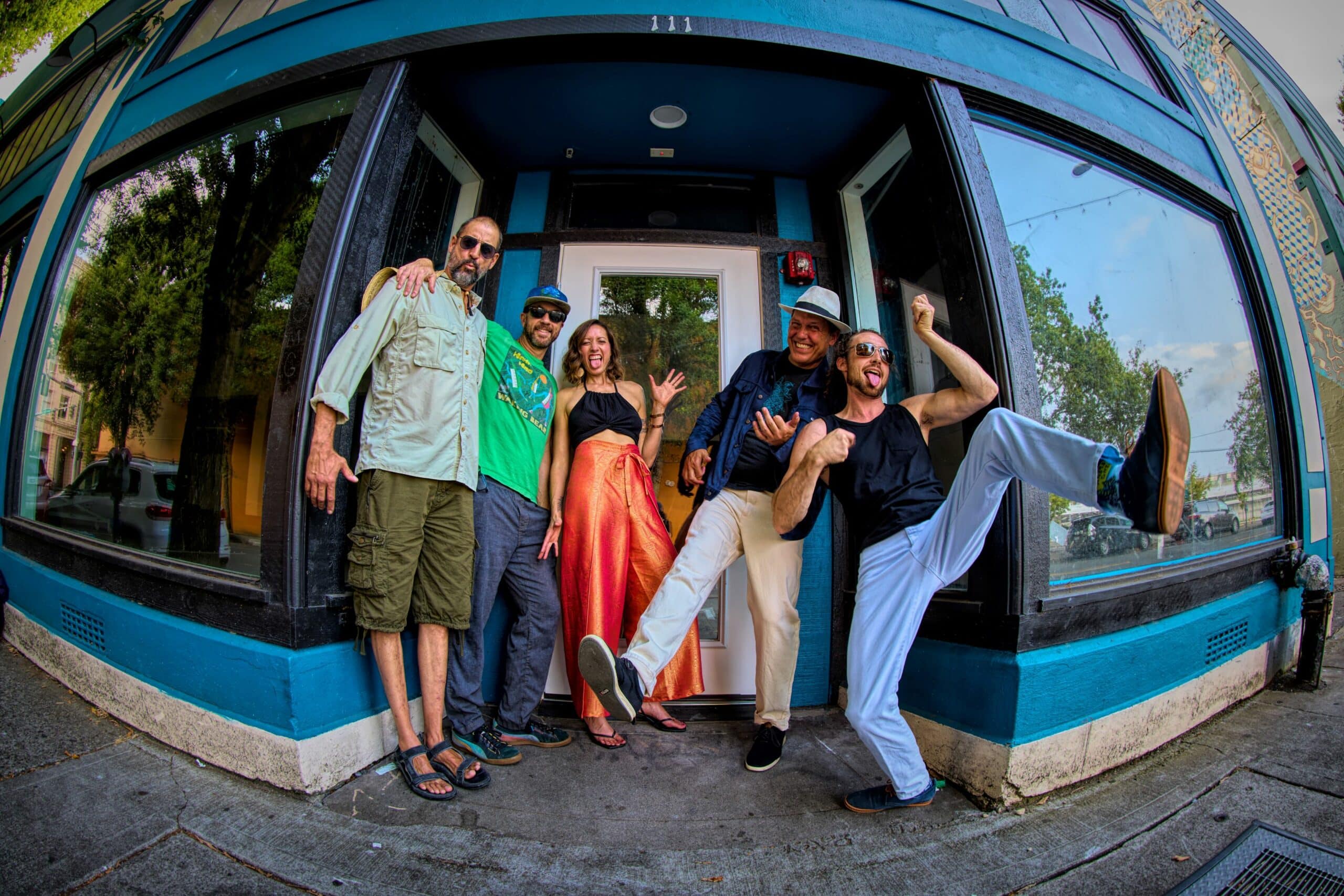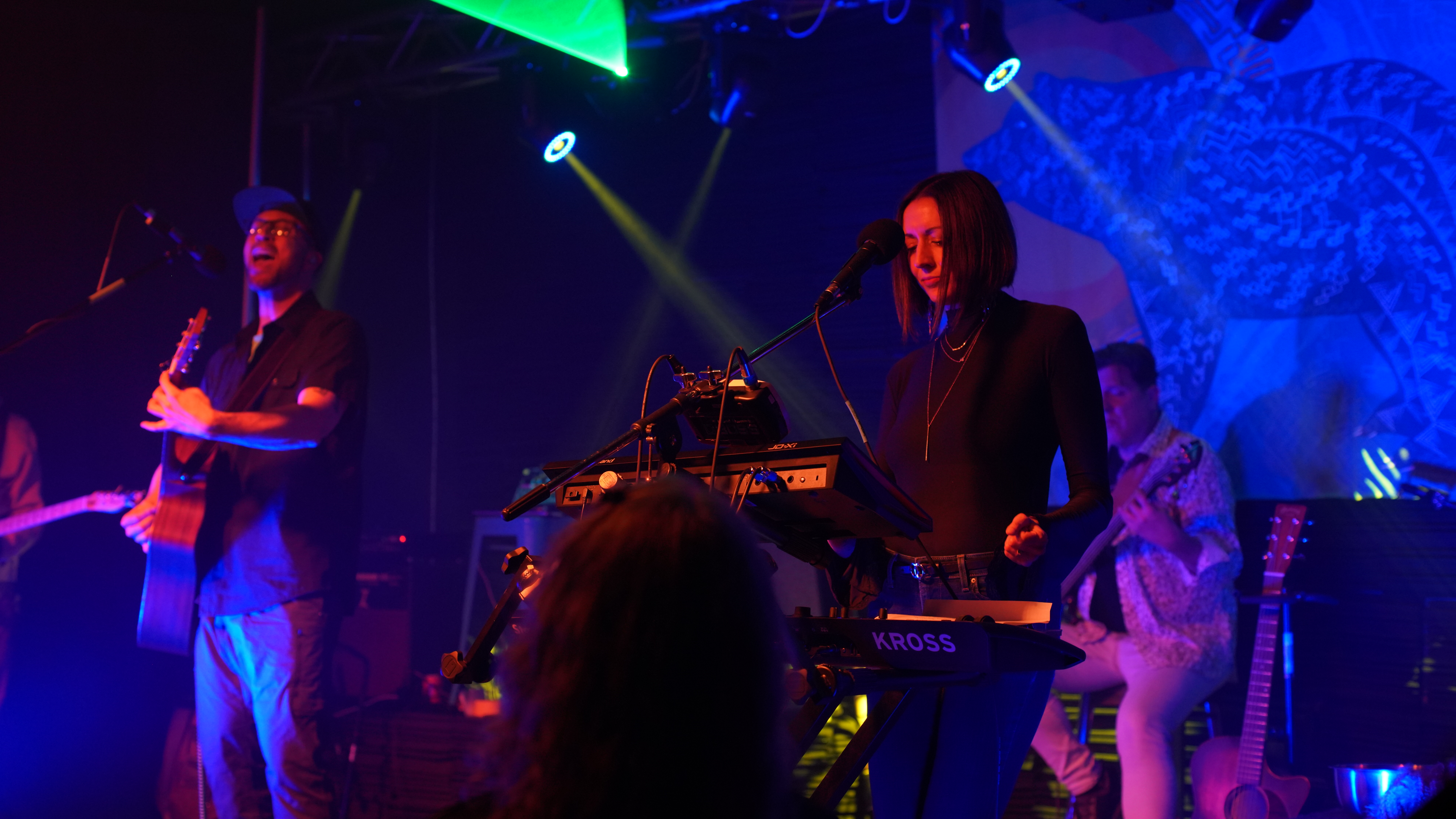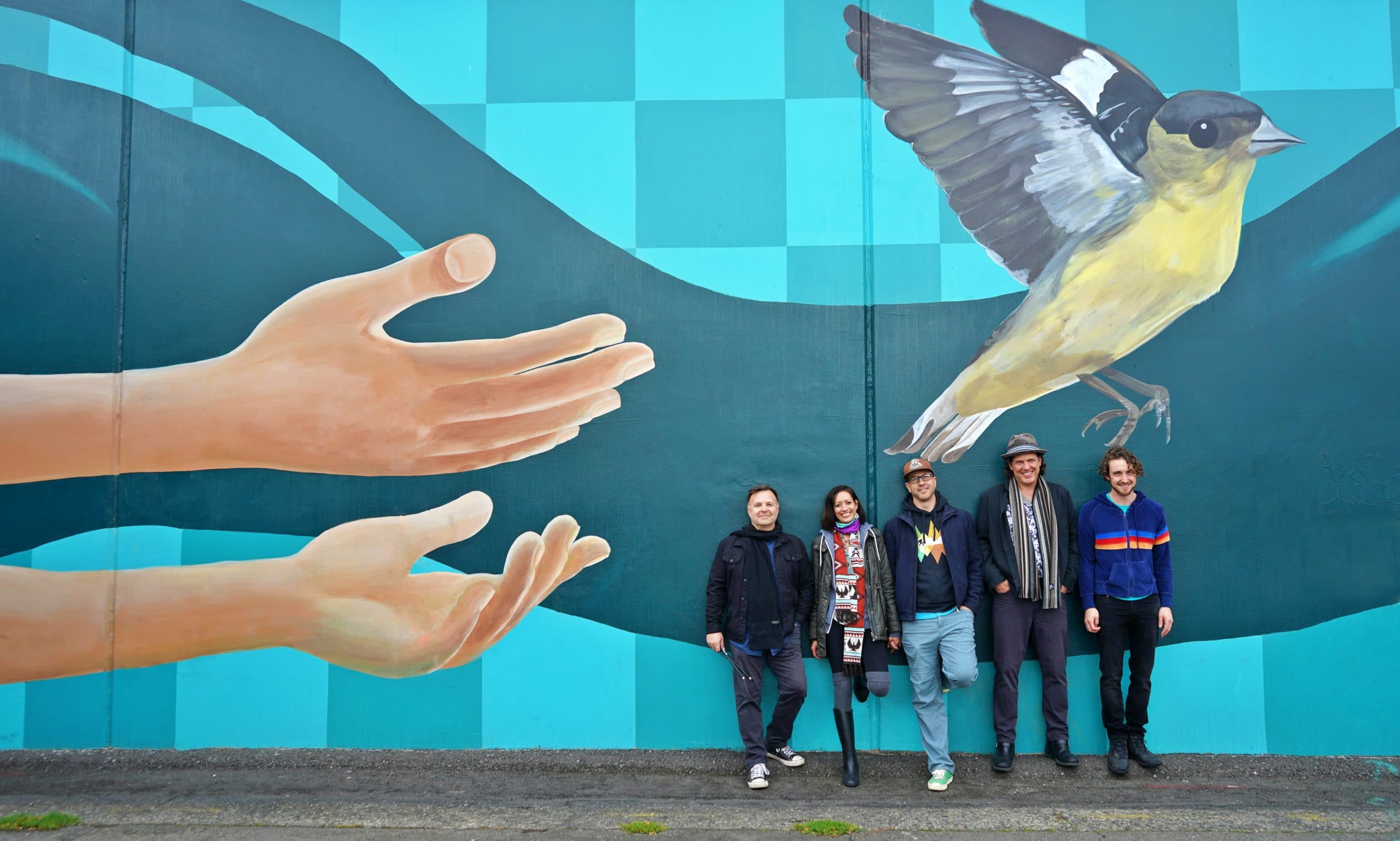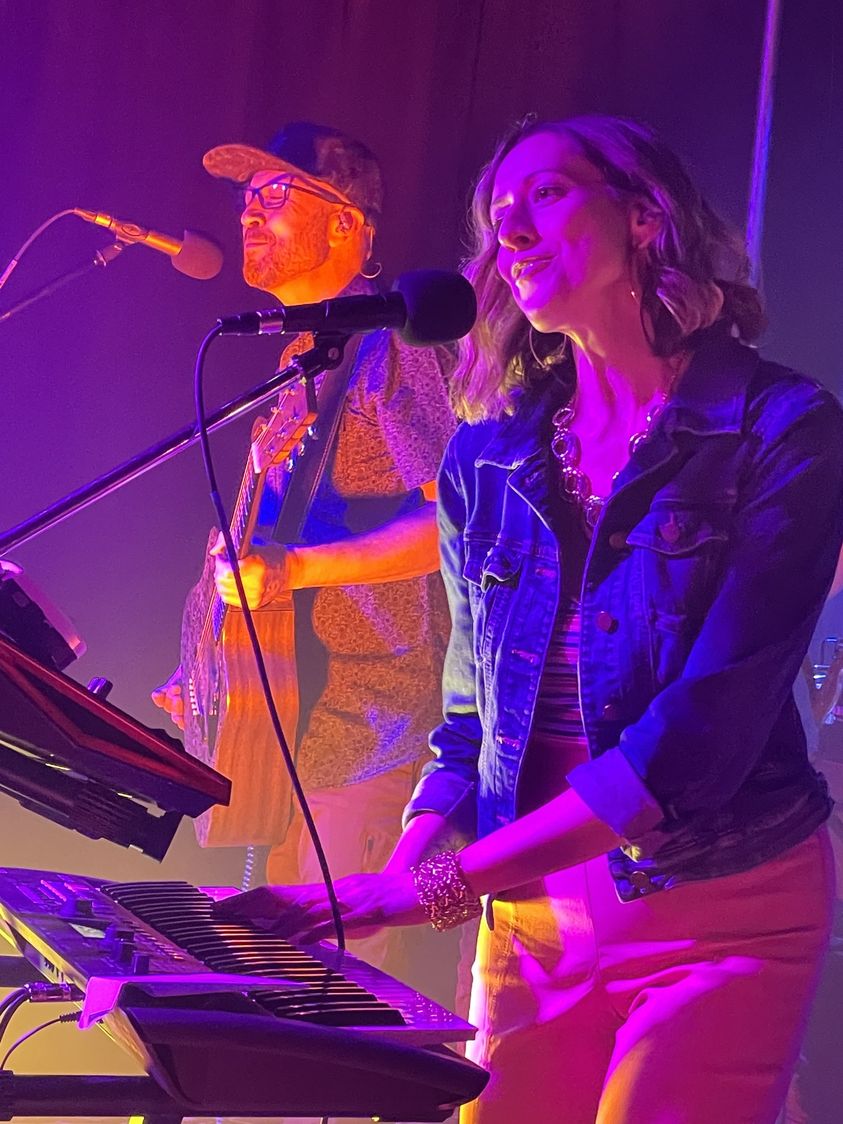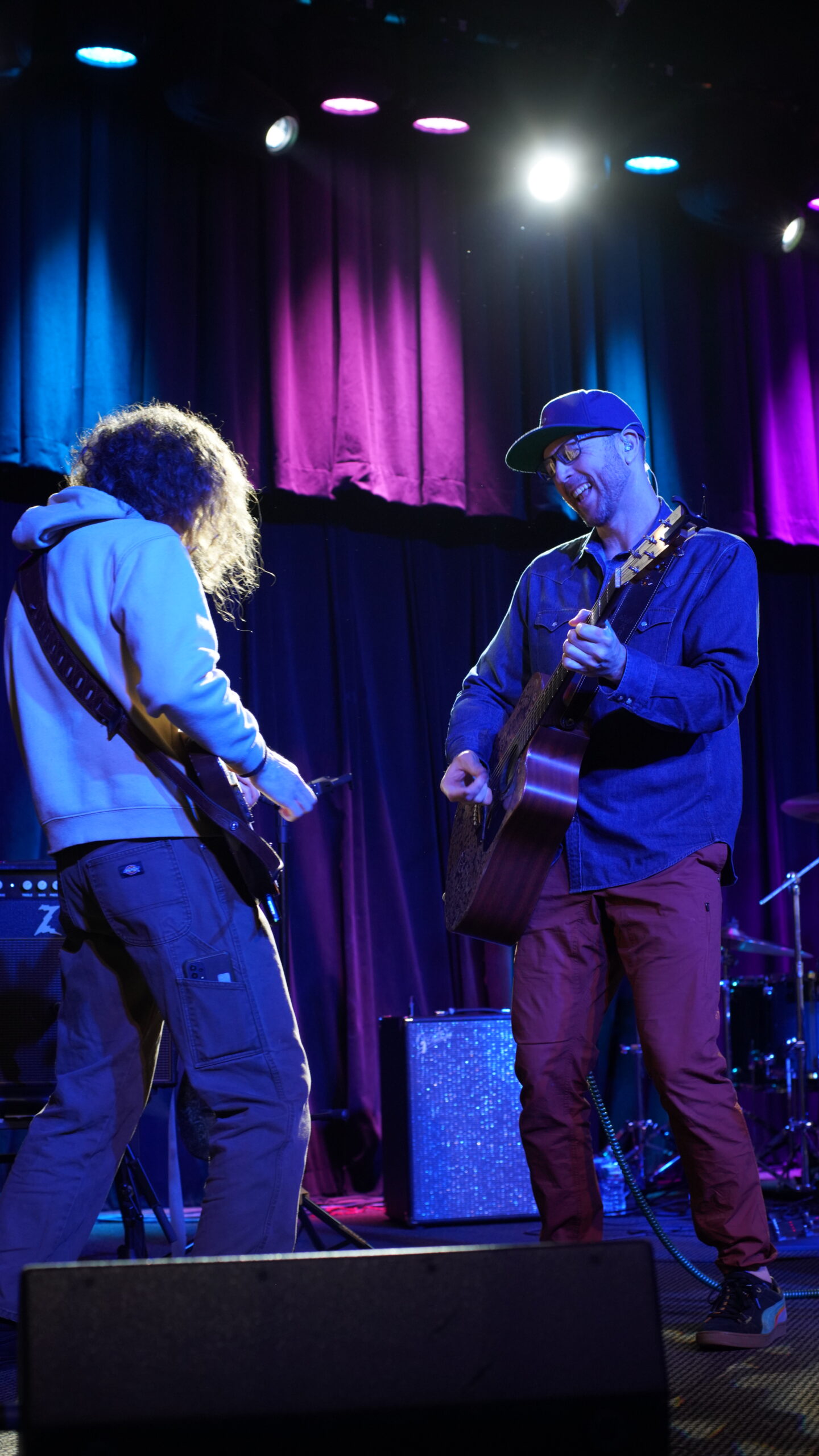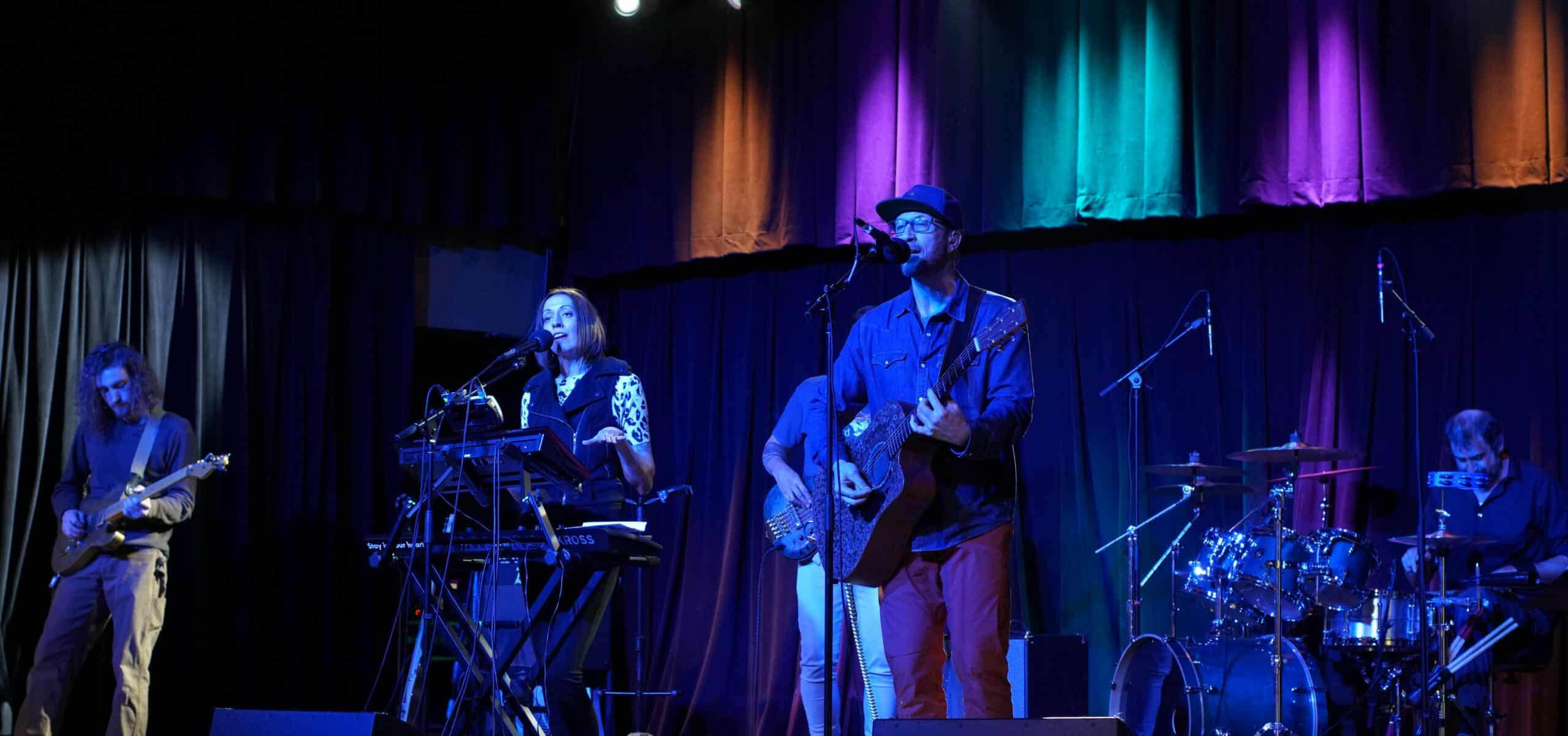Some of the strangest evidence for the existence of mermaids revolves around the large amount of first and secondhand accounts we receive from ancient sources. At the forefront of this is Pliny the Elder.
Living in the first century of the common era, Pliny was a renowned naturalist in his time. He worked in a wide range of disciplines and even called the Roman emperor his friend. He was a man of his time, of course, but his legacy lives on in the construction of encyclopedias and nature writing for millennia after his death.
That such a celebrated naturalist would write openly and matter of factly about mermaids is compelling. But who exactly was Pliny the Elder? What did he say about mermaids? And what can we learn from his writing?
A Brief Biography of Pliny the Elder
Pliny the Elder was born Gaius Plinius Secundus in either 23 or 24 CE, the son of an equestrian family living in Novum Comum. Interestingly, his family origins are shrouded because of the place they lived — Julius Caesar created Novum Comum by moving more than 4000 citizens to defend against enemy tribes, and we don’t have a clear idea of where these people all came from.
Pliny studied law in Rome, which must have been quite the fancy education. Nevertheless, he served in the military at the age of 23. This sent him travelling through the known world of the Romans, and gave him winters to write, as Rome did not engage in battles during the coldest months.
As a young man in the service, he wrote a book on the use of projectile weapons by Roman cavalry, and his interest in the literary arts earned him connections with high class officers — connections that would serve him well for the rest of his life.
He rose through the ranks, becoming commander, but then the infamous Nero came to power. Pliny returned to Rome to practice law and write extensively on a number of subjects considered safe under a mad emperor. These included works on grammar and history.
At Nero’s suicide, Pliny returned to the military as a senior officer, spending time abroad and always writing. His last work, the Naturalis Historia (or, The Natural History), a 37 volume masterpiece that collected as much of Roman knowledge and personal experience into it as humanly possible. Included in this magnificent work is a discussion on mermaids.
Mermaids in the Naturalis Historia
The Roman region of Gaul covered a vast terrain, including what is today France, Belgium, portions of Switzerland and Germany, Luxembourg, northern parts of Italy, and the Netherlands. The area’s western side was all ocean shore, and the waters incessantly brought its contents up onto the sands.
Locals began to whisper about a certain kind of creature, known only in legend up till that time, that could be seen in some numbers scattered on the beaches. It was a human-like creature covered in fish scales. They referred to them as nereids, or sea nymphs. But the description fits what we would today call mermaids. When the governor became aware, he soon wrote to the Roman Emperor Augustus of these bizarre events.
As strange or stranger still, humans were not the only land creatures with aquatic doppelgangers arriving on shore. In one incident, the ocean receded, and strewn about in incredible numbers were aquatic versions of all kinds of creatures — elephants, rhinoceroses, and rams.
There were other oceanic oddities. In Rome, there was the exhibition of a behemoth from the sea, its skeleton over forty feet long. In the Gulf of Cadiz, there were reports of a merman who crept onto ships at night, sinking them.
These tales, beyond belief to modern audiences, all appeared in Pliny the Elder’s Naturalis Historia. We are, of course, most interested in the aforementioned mermaid, but the other anecdotes attest to the widespread understanding of the natural world at the time.
The Romans were living under a traditionally Roman mindset: that the world was alive with gods, goddesses, and nymphs. There was not yet any exhaustive catalogue of the living things on earth, and most information passed by word of mouth before being recorded.
While that might comfort the reader whose worldview would need serious adjusting to believe some of the things they just read, one must also take a pause here. Pliny was a serious naturalist, committed not only to studying the natural world but also the philosophy of knowledge. It is unlikely that he would have recorded any old folktale as the gospel truth.
But how do we explain this, then?
Things Get Weirder From Here
In 37 volumes of general knowledge, Pliny got to a lot more than mermaid sightings. He recorded information on everything from botany to mineralogy to technology.
For a long period of time, many of his writings were thought to be dubious. Throughout the Medieval era in Europe, many church fathers considered the text more or less a bunch of paltry facts wedged between whopping lies.
But then came the rise of archeology, and as the discipline improved, it began to bear out some of the claims that Pliny made — particularly those of Roman technology.
Pliny’s magnum opus has, in the last hundred years, been vindicated somewhat as a fairly reliable source on certain matters of Roman life. Obviously, the academic community hasn’t accepted the existence of mermaids, but it has accepted much of Pliny’s work.
So, then, why not mermaids? When it comes to things we can excavate and confirm, we tend to prove Pliny correct. What does that mean about his claims that we can’t so easily prove or disprove? It is difficult with ancient texts. They come from a culture so distant from ours, where there were different ways of understanding the world and interpreting what we see. It would be foolish to blindly accept everything Pliny wrote, because our standards and worldviews are drastically different. But one does begin to wonder, what are these stories referring to? What did the people see on that beach in Gaul?
[mysocial]



